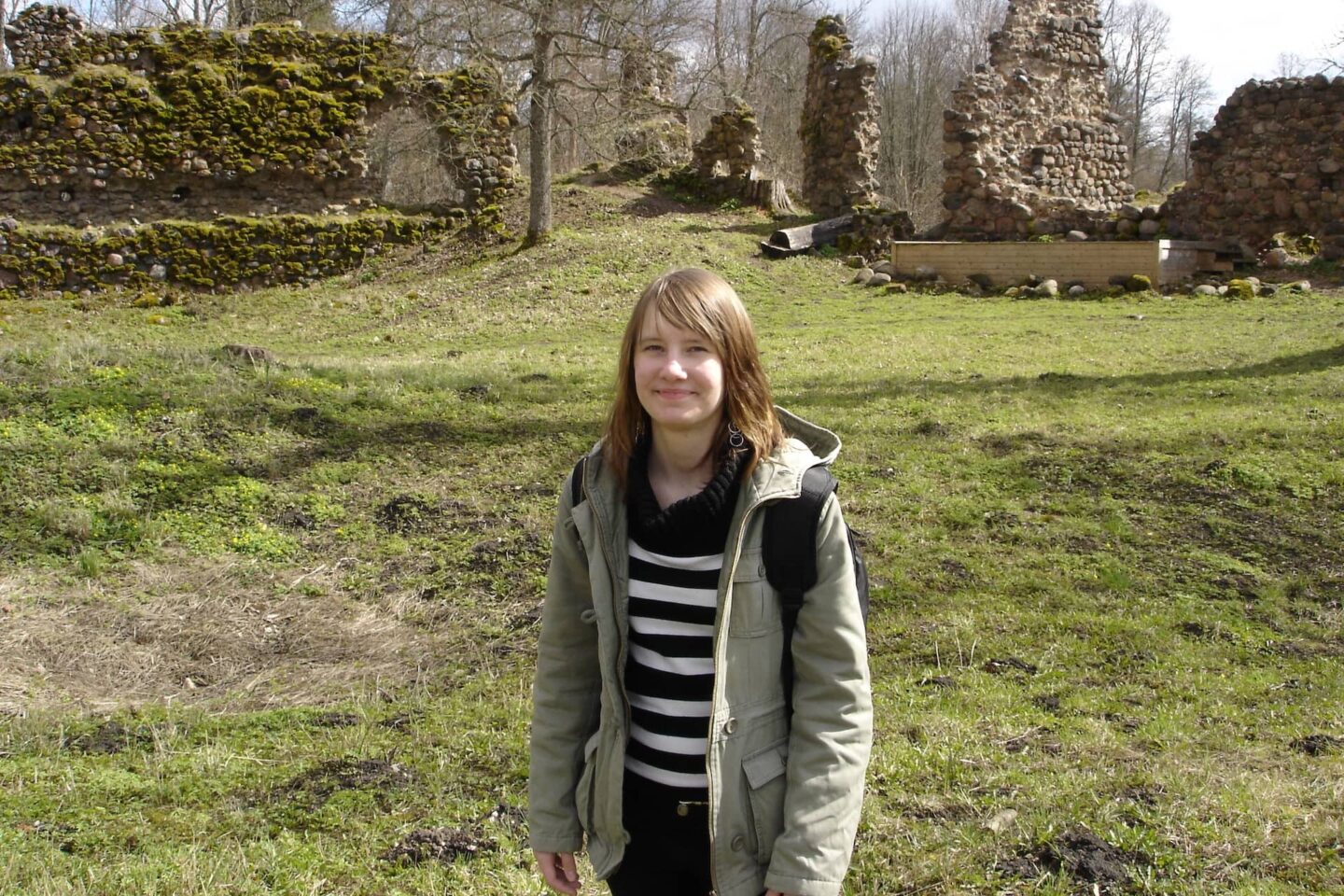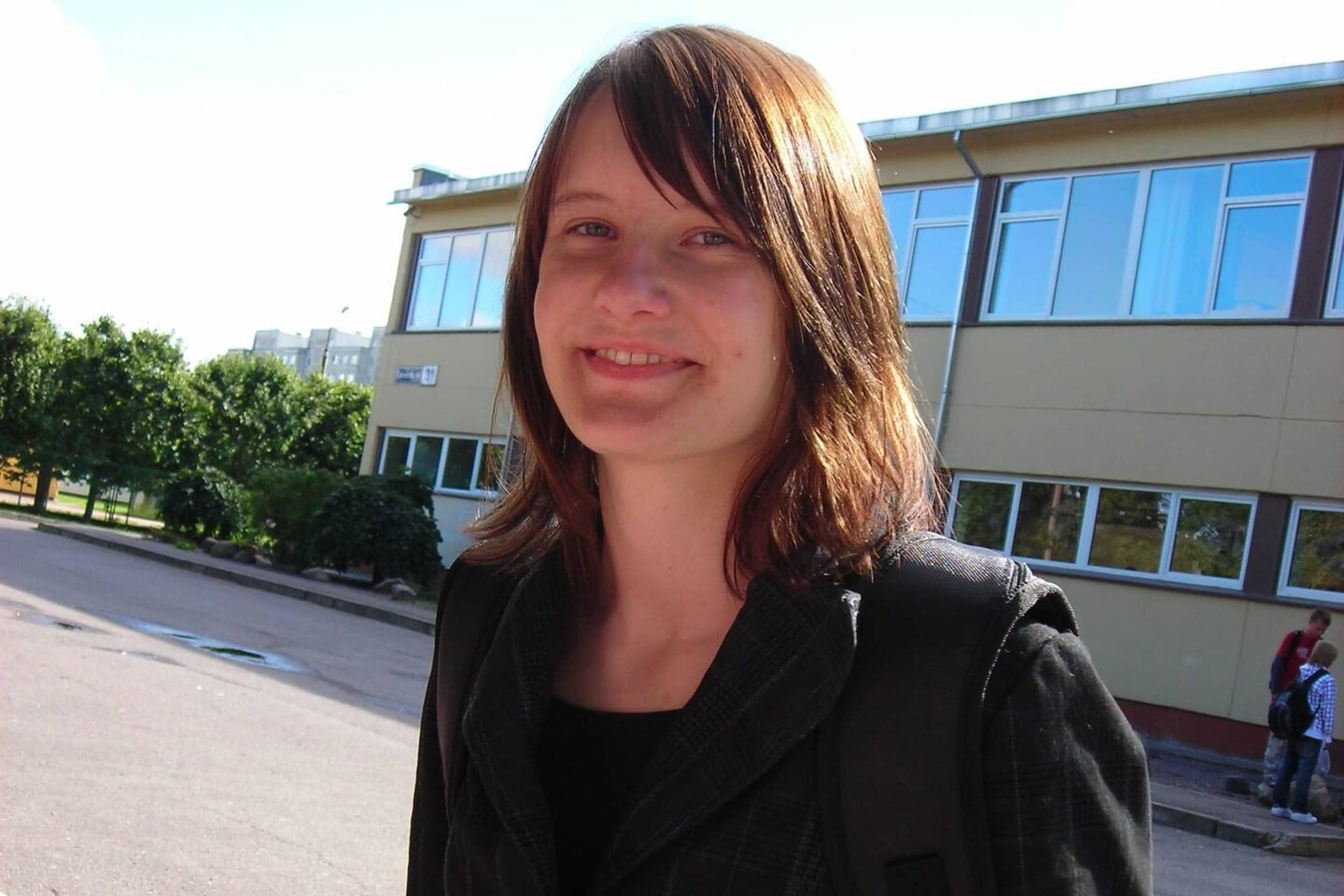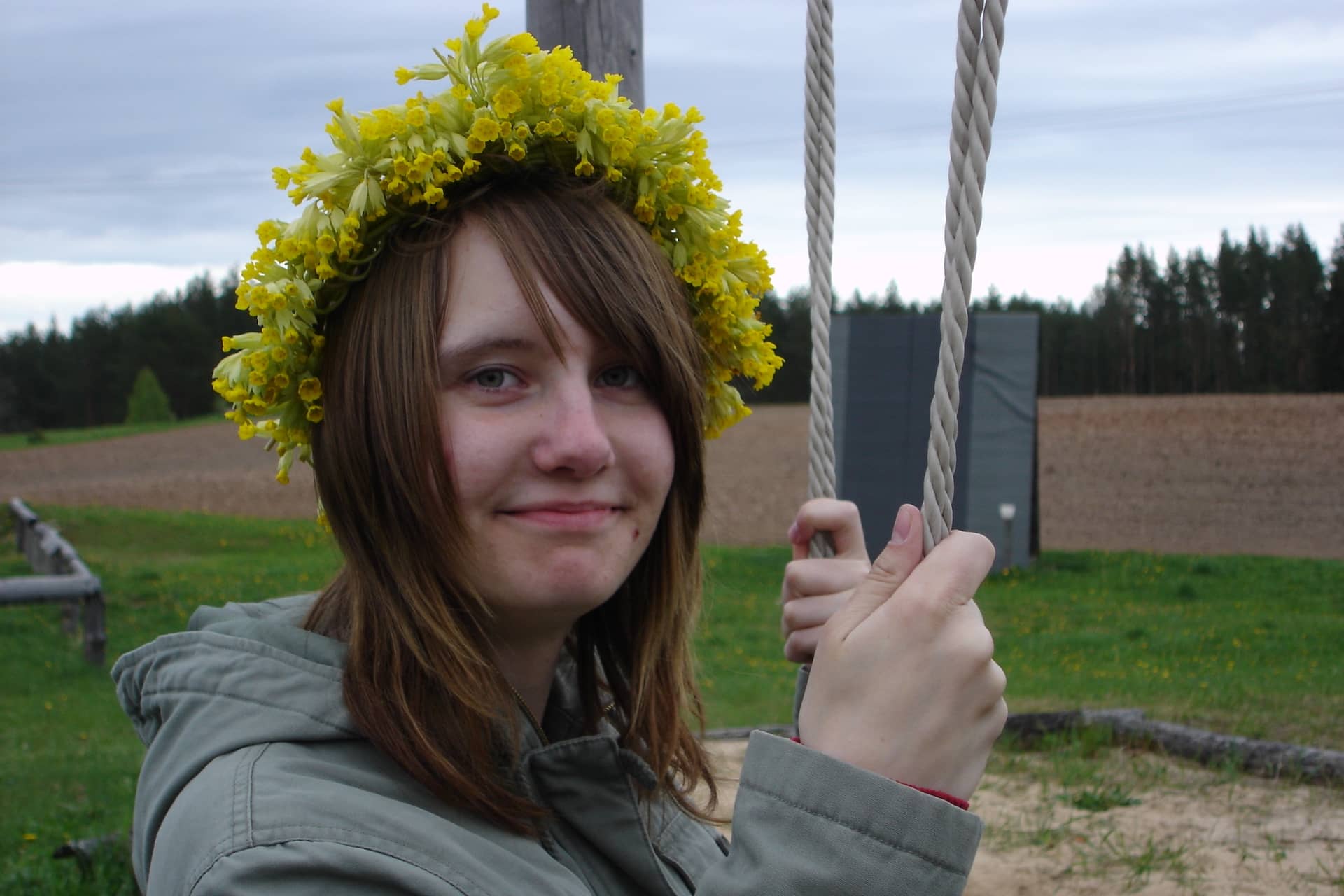A somewhat different exchange year – a German in Estonia
Estonia, Latvia, Lithuania – the first time I heard about these countries was in the 5th form when the countries of Europe were covered in geography class. Back then I was just 11 years old and tried to somehow memorise the order of these three small countries on the Baltic Sea. At that time, I had no idea that I would spend an entire school year in one of these countries – Estonia, just a few years later.
When I was a teenager, we often watched VIVAPlus in the afternoon (a channel that no longer exists today). The latest music videos were always shown there. It was here that I became aware of Estonia again due to the band Vanilla Ninja, whose music my teenage self thought was pretty cool and sparked my interest in the Baltic country. I made the decision that I absolutely wanted to live there longer when I spent a summer vacation with my parents in Estonia. I just didn’t know yet how. However, this question should also be resolved soon, because I found out that you could do an exchange year during school time in all sorts of countries, including Estonia. While my classmates were applying for the classic high school year, I ticked Estonia on my application – and that was the beginning of my journey with Estonia and the Estonian language, which is still ongoing to this day, 17 years later.

The adventure begins
I still remember the day when I finally sat on the plane with other exchange students and we set off on our exchange year in Estonia together. During the first few days, we all received our first Estonian lessons. Hardly anyone knew more vocabulary than tere (“hello”), minu nimi on (“my name”) or nägemist (“goodbye”), but then, a few days later, we were able to introduce ourselves properly, ask for things or request help. However, the real adventure was only supposed to start when we were picked up by our Estonian host families, got to know them and explored our new home.
I was supposed to live with my host family in a small village between Saku and Saue and attend a school in Tallinn, which my host mother brought me to every morning together with my two little host sisters. The beginning was not that easy, because no one in my host family could really speak anything other than Estonian, which of course helped with learning the language. I can say that younger host siblings really help with language learning, because on the one hand, they express themselves quite simply and on the other, they are not afraid to correct you. I still remember how happy my little sisters were that they were able to teach someone older something and they did that by all means – with hands and feet, but also with pictures that they always eagerly drew. Especially at the beginning, I spent many afternoons with them watching children’s series, reading children’s books (or trying to) or simply playing with them. By playing, you really quickly learn to cope with everyday situations, because children love playing shopping or imitating scenes from a café or restaurant. In the evenings, the family often watched films together, which also helped immensely when learning Estonian, because the films there are shown in the original language, ie mostly in English (sometimes even in German) with subtitles. Sometimes I still jokingly say that I learned Estonian by reading subtitles.
About foxes and small children
I spent another large part of my exchange year at school and with friends, of course. However, since I was put into a bilingual class with English as a foreign language, Estonian was very much in the background here at first. Although this situation initially helped me to connect and make friends, as we were able to communicate quite fluently in English. I have lots of funny memories of school. I was in the 10th form, ie the year in which you first have to be “baptised” in Estonia during the “Rebane” week, ie Fox Week. For a week, we from the 10th form had to come to school dressed in red, like little foxes, while the pupils from the 12th form were allowed to jokingly annoy us. We were usually sprayed with water, but sometimes also with mustard. They wrote Rebane (“fox”) on our foreheads with lipstick or drew hearts on our cheeks. We were only allowed to have lunch with chopsticks and nothing but bin liners would be allowed as school bags, which in retrospect was certainly good protection for our school supplies. It was definitely a very funny and unique experience from a German perspective.

My school tried to support me as much as possible with learning Estonian. As a result, the Estonian teacher of my class gave me lots of private lessons and, while my classmates had to take Russian lessons, I was sent into the 2nd form to learn the principles of Estonian grammar with the little ones. It was always very funny how I sat on a much-too-small chair at a much-too-small table in the midst of many small pupils who found it incredibly entertaining.
Back in Germany
A whole year in Estonia offers many opportunities to learn the language. At the end of the year, I was able to understand a great deal. I was able to read books that were not written for children and was reasonably able to hold a conversation. However, my journey with the Estonian language continued, of course, because I have learnt a lot since returning to Germany. Even then, it was clear to me that I wanted to study Finno-Ugric studies, ie the language family, which Estonian also belongs to, which I did later. Since I had learned Estonian more intuitively during my exchange year, I had to finally consistently deal with the grammatical rules, which significantly improved my language skills once again.
I have not had any academic contact with Estonian for several years now, but that of course does not mean that I have lost my connection. I am still in contact with my host family, with whom I communicate exclusively in Estonian. When someone visits me, I often ask my guests to bring me Estonian books, and thanks to the Internet, there are plenty of opportunities to continue studying the language these days anyway. Various streaming services not only offer Estonian music, but also podcasts and radio and TV programmes can be accessed from literally anywhere in the world and thanks to the many messenger apps, it is easy to stay in touch with friends and acquaintances remotely. Even in real life, there will probably be Estonians in every major city who would love to meet up for a coffee and talk in their mother tongue.
Immerse yourself into the Estonian language
Learning the Estonian language may not be easy at first, as it is not an Indo-European language and therefore deviates from the grammatical structures we know (unless you have already learned another agglutinating language before or even speak it as your mother tongue, such as Turkish or Japanese). At the same time, it is very rewarding. Estonians not only appreciate the fact that someone learns their language, but it also opens the door to another culture with a long history, great literature and equally good films, which remains closed to many others.
Of course, there are a few films that are also known outside of Estonia. As I can remember that the film “The Last Relic” was even shown on German television in a synchronised version. Another film that has achieved greater international fame is Mandariinid (“Tangerines”), which was even nominated for an Oscar. When I was still enrolled in university, we held joint film evenings at the institute to watch Estonian films. I still remember titles like Vehkleja (“The Fencer”), one of the more recent films, or classics like Kevade (“Spring”) and Sügis (“Autumn”). The Estonian film scene is quite diverse. Some deal with the history of the country, others, such as Klass (“Class”), with social problems. And of course, there is no shortage of comedies, eg Kõrini! (“That’s It”).
On the other hand, there are fewer internationally known Estonian authors. Every Estonian child, and probably everyone who has ever learnt Estonian, will have heard names such as Anton Hansen Tammsaare, Kristjan Jaak Peterson or Lydia Koidula at least once and may have read something written by them. However, of course not everyone has a preference for old classics, and instead prefers modern literature. There are also authors who probably everyone in the Estonian-speaking world knows, such as Andrus Kivirähk and Jaan Kross. The latter may even be familiar to some people from the former GDR, as his works were published there in German before 1990. In addition to several classics, I myself have also read modern works – I particularly like reading crime stories set in Estonia.
Of course, you should not forget Kalevipoeg – I even took it apart once during my studies in a term paper on national epics. Kalevipoeg joins a long series of works such as Beowulf or The Song of the Nibelungs.
It is therefore definitely worthwhile to dive deeper into the Estonian language if you want to discover the works of the numerous Estonian authors. For starters, it is also worth using translations or simply hosting a cosy film night with subtitles – there may even be a dubbed version.
